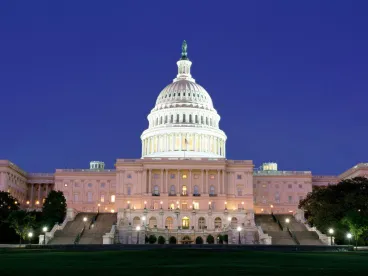A federal government shutdown looms as current funding expires on September 30 and government leaders disagree on funding legislation. The present shutdown threat is fueled by two primary issues set against the backdrop of presidential election posturing by both political parties. President Barack Obama has announced that he will not follow the sequestration cuts the government forced upon itself in 2013 (the last time a partial government shutdown occurred), when it failed to agree on funding. Conservative Republican leaders have vowed to link defunding of Planned Parenthood to passing spending legislation. While leaders of the Republican-controlled Congress have vowed to avoid an unpopular government shutdown, this same vow was made in 2013.
The 2013 partial government shutdown lasted two weeks and caused havoc for many government contractors and uncertainty with respect to a host of employment and labor laws implicated when funding suddenly stopped and employees could not report to work. While some contractors were able to secure retroactive funding to cover or defray labor costs associated with the 2013 shutdown, such funding varies from agency to agency, and from contract to contract — which can make planning difficult.
As of this writing, a shutdown may occur on October 1 or a temporary funding measure may be passed to postpone a possible shutdown to December or early 2016.
Contractors can start their contingency planning by revisiting our articles identifying and providing practical advice on the many employment and labor law concerns linked with a government shutdown:




 />i
/>i

